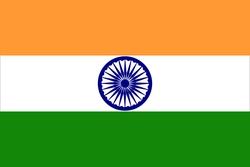India land borders the Arabian Sea and the Bay of Bengal, between Burma and Pakistan It is the seventh largest country by geographical area in the world. Its meaning is debated it has been suggested that it means either Indus River or Land of the Hindus. India is the second largest country in the world by population.
Capital city is New Delhi. Due to the large size of India there are many tourist attractions, these include the India Gate and gateway in Delhi, the Taj Mahal, the Golden Temple, Lake Palace, Valley of Flowers and many other temples, national parks, beaches and museums.


































































































































































